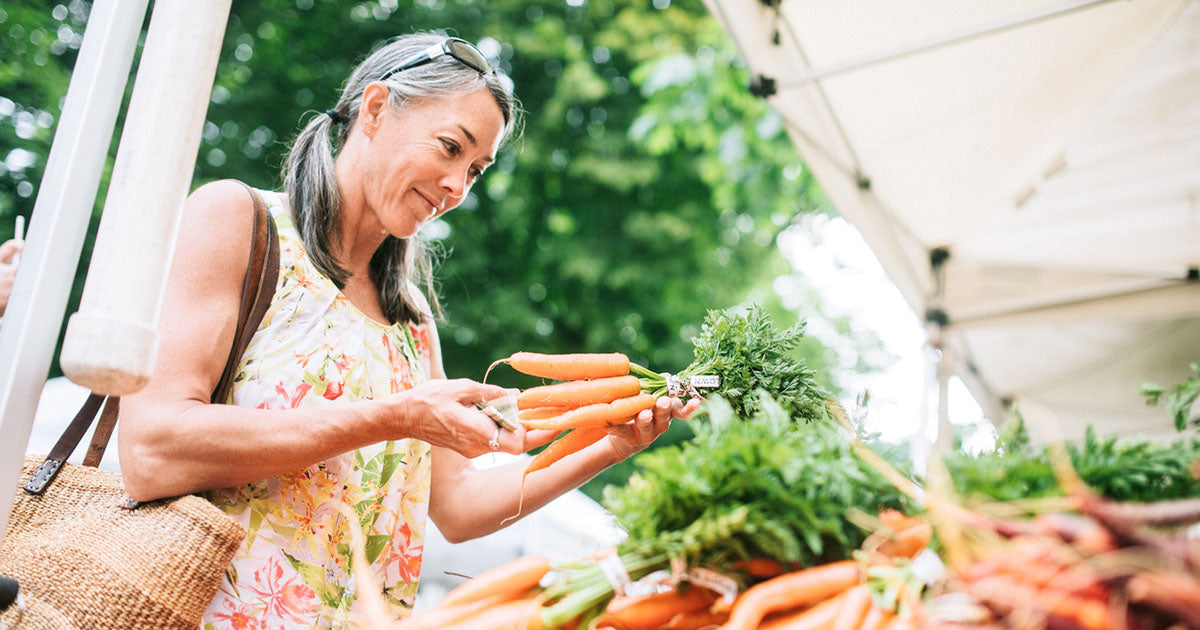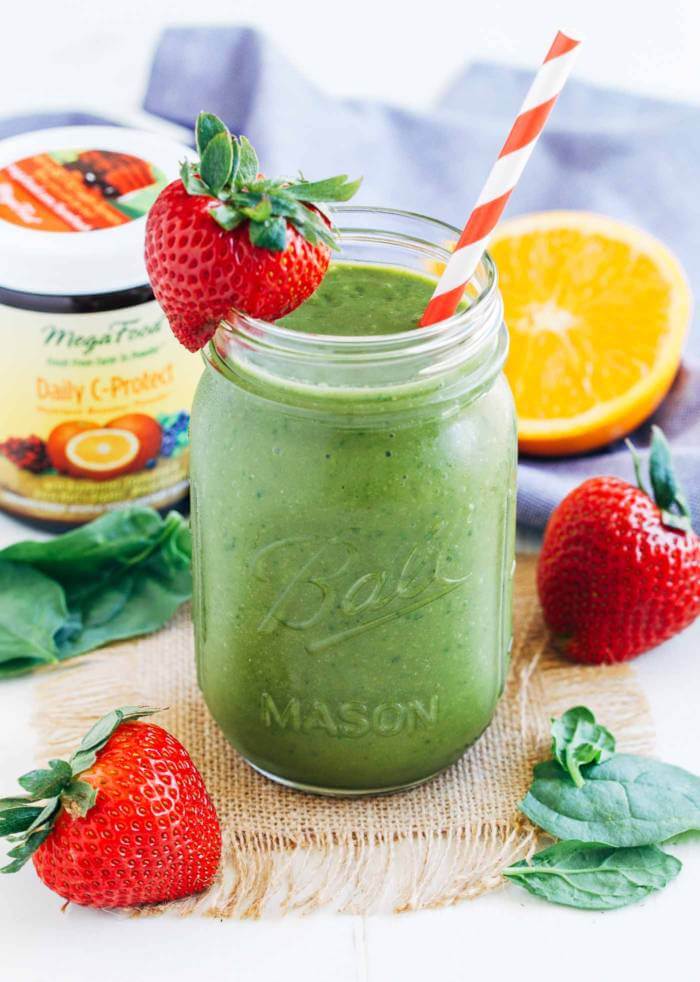Eating well on a dime

Abigail McShinsky | July 2019
Recently we talked about ways to eat well throughout the work week, with an emphasis on planning meals around fresh, whole foods. This can be a daunting task when you’re on a fixed budget, especially when you consider the average cost of whole foods as they compare to prepared “convenience” meals.
What can you do? A lot, actually! It’s all about strategy. Here are six tips for eating sell on a dime!
Visit your local farmer’s market
This may seem like the last place you’ll save money, but when you’re purchasing direct from a farmer, fresh, organic produce can actually become even more affordable. You also receive the added benefit of eating local, hence getting the freshest food available, not to mention getting to know the farmers that grow your food!
For instance, I visited my local farmer’s market recently and bought a bag of fresh, hand-picked, local baby greens for salads and stir fries for $2.50! A comparable bag at the grocery store would easily cost $3.99, and I got to talk to the woman who grew it, picked it, washed it, and bagged it that morning!
Pro-tip: Visit your favorite farmers toward the end of the market when they may have discounted prices even further, or ask if they are selling any “seconds,” - misshapen or ‘ugly’ fruits or vegetables that are less appealing - visually - but just as yummy. These are usually sold at a discounted price!
Pick up the sales flyers at your local health food store
If you want to eat healthily, but feel that the prices at your nearby co-op just don’t fit your budget, make sure to pick up their weekly sales flyer. This is a great place to find coupons and sales on items you can’t normally justify buying, and can’t find anywhere else.
I have a specific brand of tofu that I really love, but at a dollar more than the better-known brand, it just doesn’t make sense to buy it one to two times a week - it adds up! Whenever I see it on sale, though (and less than the other brand!), I’m sure to buy a couple. That way, I’m getting to enjoy my favorite brand, and saving money at the same time!
Get to know the bulk section
My husband and I go through a lot of raw nuts - cashews and almonds, specifically. This can add up, especially when we’re going the organic route, so buying from the bulk section of our local store has been a huge help. This way, we buy only what we’ll need for the week, get them at a cheaper price (because the store can buy in bulk, get a discount, and pass that onto the consumer), and there is the added bonus of limiting the waste found in most product packaging.
This is also the best way to stock up on grains, granolas, and even dried fruit! Lentils, rice, quinoa, chia, dried beans, flours, sugars, and even pasta can often be found in a well-stocked bulk section, as well.
Pro-tip: Stores often feature items from their bulk section in their weekly sales flyer, so keep your eyes peeled, and you can easily double your savings!
Buy frozen options too
Not many things hold a candle to the nutrition provided by fresh, whole foods, with a notable exception - frozen! Frozen vegetables can be a lifesaver, and more and more stores are offering a range of organic frozen produce. This can often be far cheaper than their fresh counterparts, and have the added bonus of not spoiling. I’m a huge fan of Stahlbush Island Farms frozen veggies, as well as their frozen beans and rice. They are so convenient, come from an incredible farm, and taste so fresh. If you’re keeping an eye out for sales, you can easily stock up and have veggies ready at a moment’s notice.
Plan your meals
Meal planning is really the biggest money-saver out there. If you know what foods you plan on making, you’re less likely to splurge on impulse buys. If you combine this with combing your local sales flyers and planning meals around that, it’s a sure way to pinch those pennies! Also, be sure to take inventory of what’s left in your refrigerator and freezer from the week before, and incorporate those into meals.
If I know that my favorite tofu is on sale, I’ll plan two meals around that in a given week, and perhaps use one of my bags of frozen veggies to make an easy stir-fry that is delicious, nutritious, and didn’t break the bank.
Make it a priority
Lastly, prioritize eating well. Eating well is certainly more expensive than purchasing boxed pasta dishes and frozen entrees, but the long-term payout is well worth it (your health, for one!). If you decide that it is important to you, set aside some time to review your budget, and determine where you can make adjustments that support a healthy diet. Often by cutting out a morning coffee at a cafe in favor of making one at home, and going out to dinner less, you can easily make up the difference.


Leave a comment
This site is protected by hCaptcha and the hCaptcha Privacy Policy and Terms of Service apply.